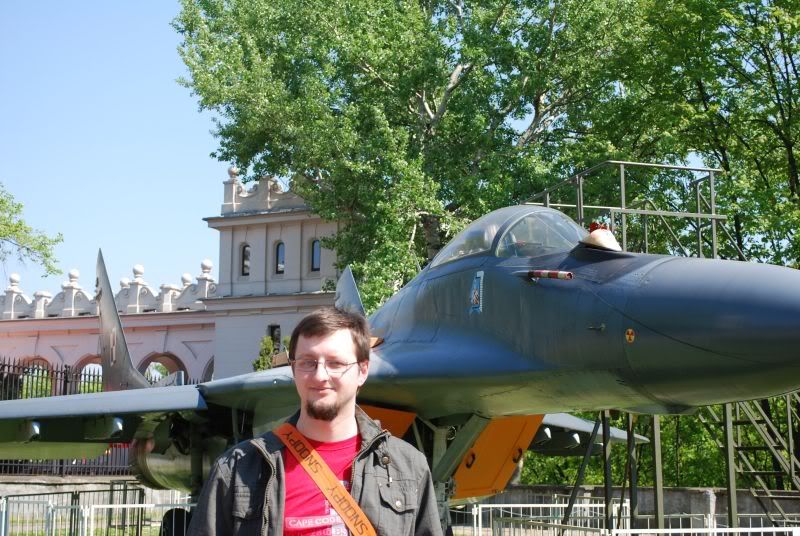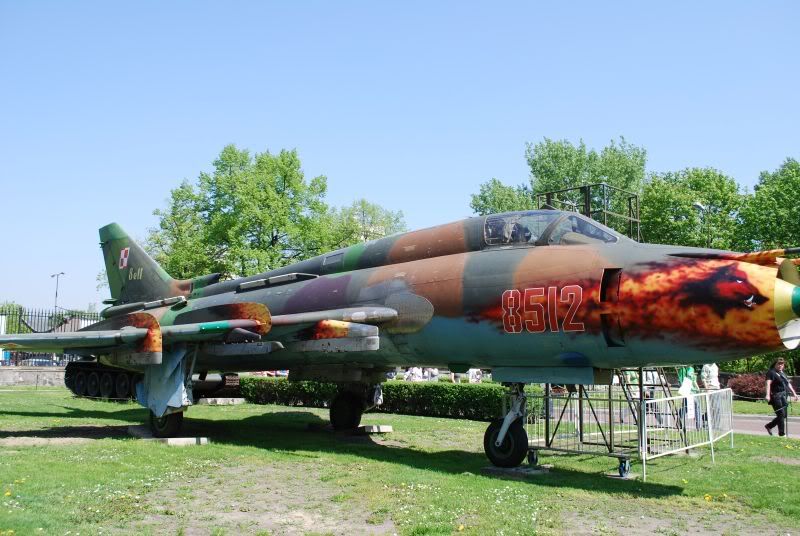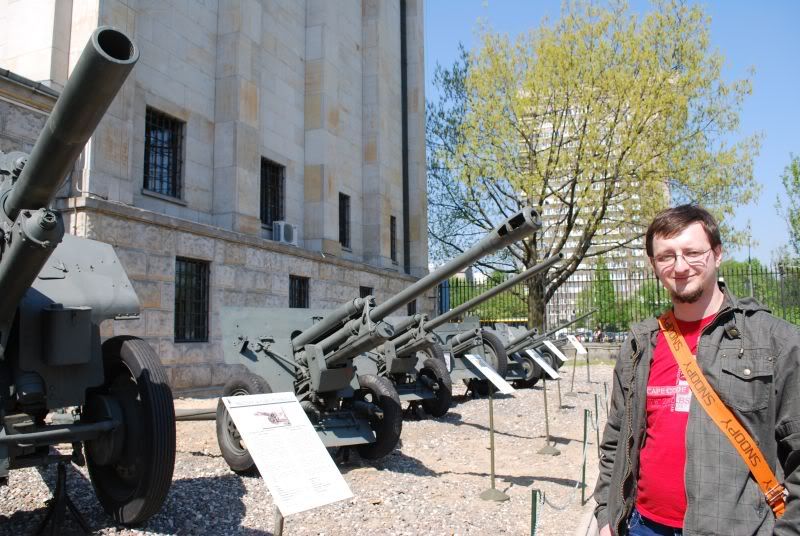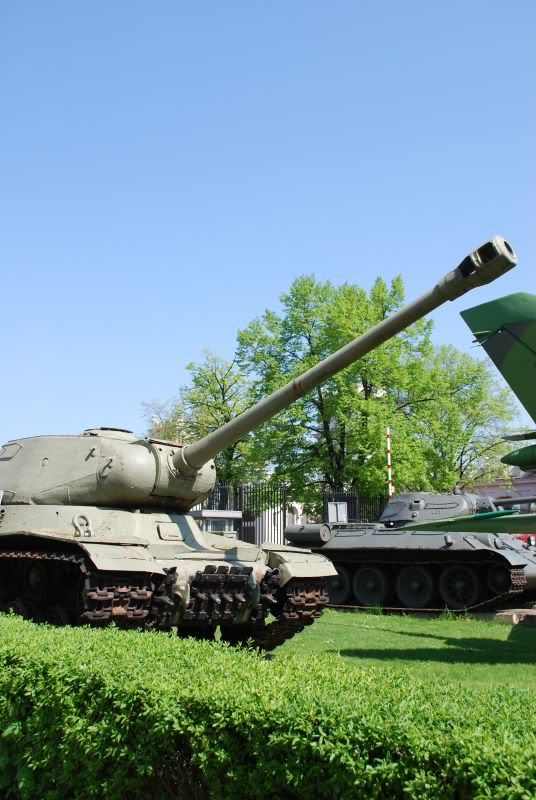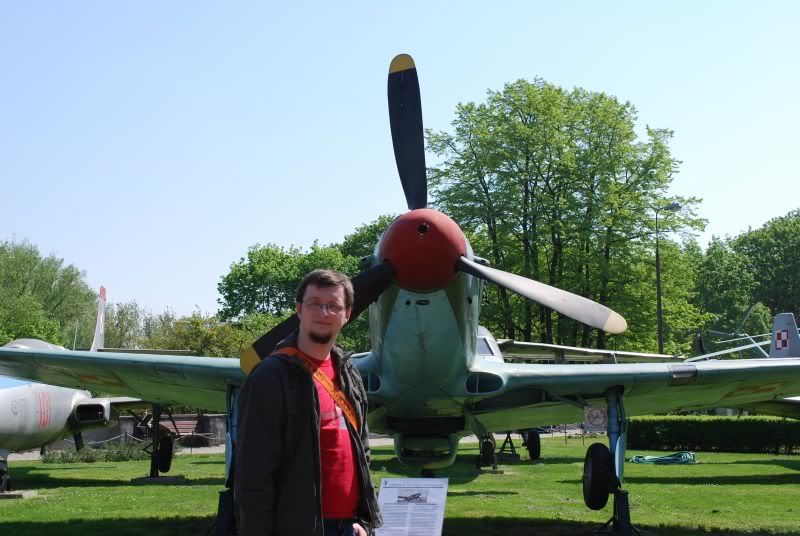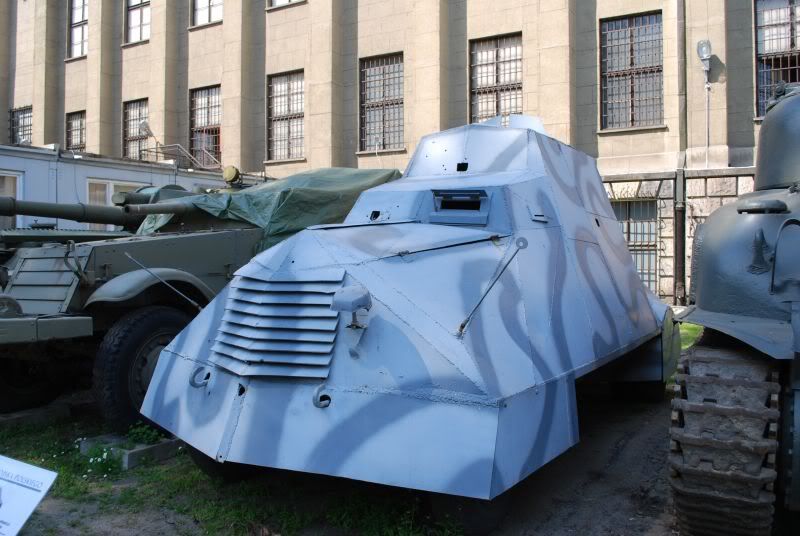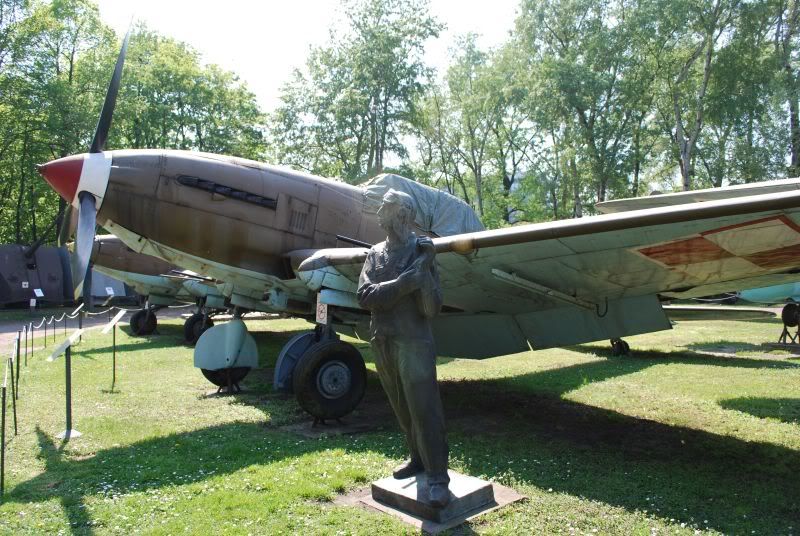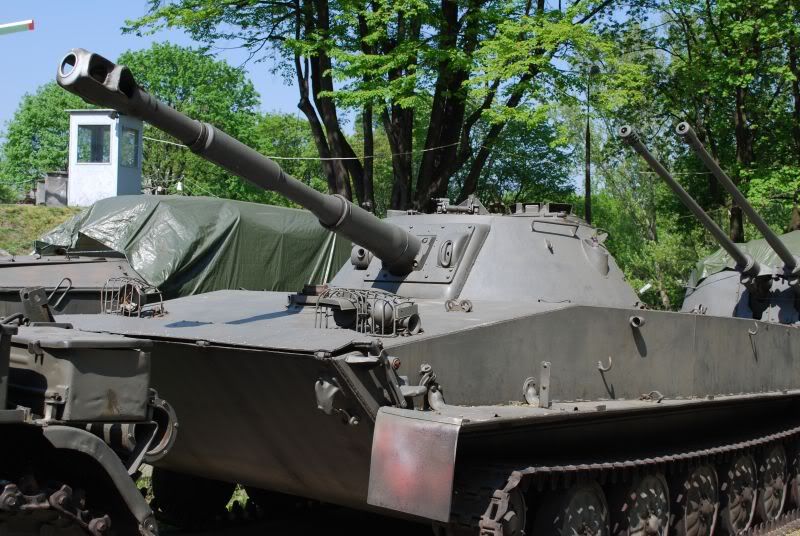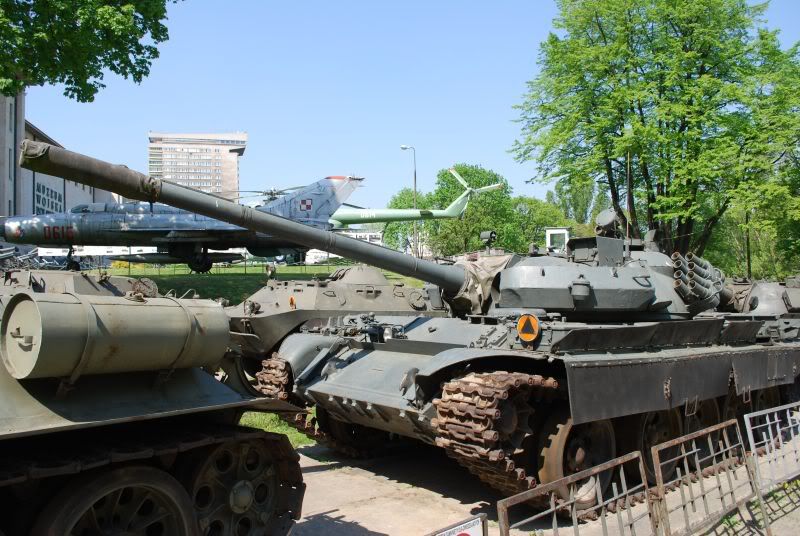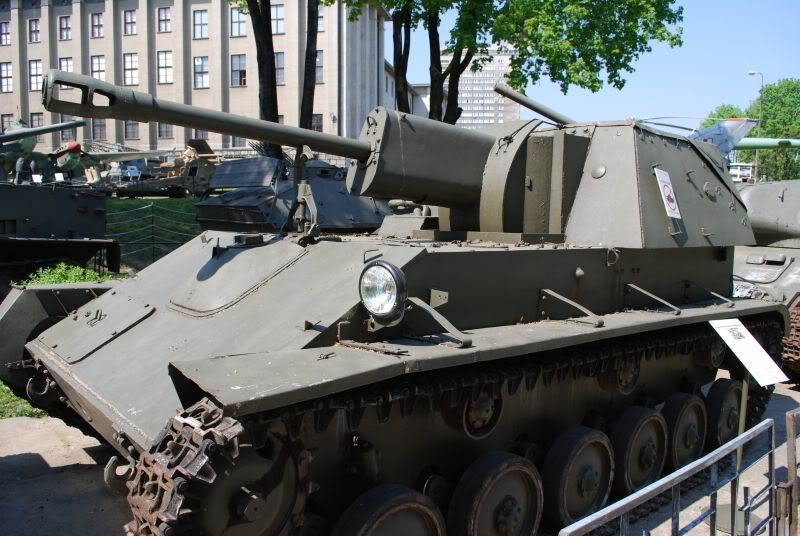Marcus Aurelius wrote:
"Almost any tank" would not have included many French tanks, albeit that was not a major concern for the Polish army.
Many sure, but on the world scale those tanks are almost irrelevant in numbers, and have numerous other glaring drawbacks that made the tactical advantage of good armor impossible to exploit. Stuff like near worthless trench gun on many of them, no radio and an absurdly over worked commander/gunner/loader who often didn't even have a proper cupola or even decent fixed vision blocks to aid him.
In general you seem to little overstate the Bofors 40 mm as an AT gun. It was certainly better than the fairly mediocre German and Swedish (i.e. Bofors) 37 mm AT guns, but not significantly better than the British 2-pounder or the American 37 mm M3 anti-tank guns.
You do realize the American 37mm M3 is a direct licensed copy of the German 37mm gun right? The US imported two guns and had Aberdeen adapt the design to US manufacturing.
The 40mm Bofors had around 25% more muzzle energy then any of those weapons, which is no slight improvement. More importantly it had decent quality AP ammo, and the high rate of fire would produce kills much more quickly, because such small caliber rounds are highly prone to glancing off armor they could pierce, and they don’t necessarily inflict fatal damage should they manage a perforation. That high rate of fire and the AP ammo already in existence is why I like it. The advantage in ballistic performance is secondary.
In actual combat the high rate of fire would have helped somewhat, but the lack of gun shield to protect from machine gun fire1 and poor mobility2 would have been major shortcomings in addition to the high profile.
Dig the gun in, you can improvise a shield too easily for it to even matter, and those drawbacks are not so bad. Mobility is no worse then anything from 57mm on up, they all have to be towed to be moved any significant distance. Anyway if Poles had the financial resources to do this then they could have simply ordered the guns on simplified and lower mountings! Or hell built those locally, Poland had the ability to build many weapons domestically, lack of money for mass orders just limited everything. Its not hard to lift a gun from one mounting to another.
Its not like the idea of an anti armor automatic weapon was new either, just look at the .50cal Browning, or the Molins Gun automatic 6pdr of wartime development. Not to mention the shear hoard of cannon on modern IFVs, including the direct descendent of the 40mm Bofors gun on the Swedish CV9040.
Then there is the question of resource allocation: you need a lot of AA guns before it makes sense to use them in AT role except in self-defense. Since the Poles were not going to have air superiority or even air parity against the Luftwaffe, it would have made much more sense to use AA guns for their primary role only, even if they had much more of them than they historically did.
Disagree. The Luftwaffe was used primarily a battlefield air interdiction force. That means Poland needed to defend its entire transportation infrastructure, something not even the Luftwaffe’s own rather large flak arm could have done effectively at the time. Even reducing the effectiveness of the Luftwaffe by a large margin is just meaningless if German tank led ground forces overrun the whole country in the meantime. Since the German Army got almost no true close air support, the Luftwaffe is only an indirect contributor to the rapid ground advances. Stop the Panzers on the ground and the Poles might manage to hold out longer against the rest of the German armies infantry and artillery which cannot easily bypass Polish strong points. This gives more time to retreat behind the Vistula and try to establish an effective defence that might hold for a decent amount of time.
Probably the best thing Poland could have done to ward off the Luftwaffe within a remotely realistic budget would have been to invest heavily smokescreen equipment. The Germans did so and it worked out very well for them.
Not everyone had 37 mm anti-tank guns either; from major powers 37 mm AT guns were used by Germany, the US, Italy and Japan in significant numbers. The Soviet Union had some 37 mm AT guns nominally in service, but in practice they were very rare and by the time of the Winter War in 1939 almost entirely replaced by the 45 mm AT gun.
Main reason for the Russian 45mm was that Russia already had machinery to make barrels in that caliber, a rather large amount of it, the caliber already being in production for naval weapons. The 37mm guns were imported from Germany and partly copied to make the 45mm design. The performance of the upgraded gun was pretty pathetic for the upgrade, possibly because of low quality ammo but the end result was it was barely any better then a 37mm.
The British and the French never had 37 mm anti-tank guns, although the French had both 37 mm tank guns and 37 mm infantry guns; the latter were WW1 leftovers, of course.
Actually the British did, they imported 37mm Bofors guns in considerable numbers before the Germans totally clamped down on Swedish trade, and they used the American 37mm. Not in 1939 sure, but you seem intent to nitpick. Me, I don’t fucking always feel like typing out every last fucking detail. I kind of assume people get the point after a while.
The 37mm tank and infantry guns are the same gun in the case of the French BTW. They really ought to have just mounted a .50cal machine gun instead but I’d imagine they had about 10,000 of those little trench guns left over.
quote] One of the reasons why the German 88 mm AA gun was so successful in AT role was that it usually engaged its targets beyond rifle-caliber machine gun range, which was not as easy to do with a 40 mm gun.[/quote]
No its not, but that’s when the ability to fire at 120+rpm comes in. Lets you engage a huge number of targets quickly in an ambush, and very effectively suppress the firepower of the accompanying infantry whom are the main threat to the survival of anti tank guns. This is after all why we mount automatic cannon on so many modern AFVs, even though a manually loading gun is clearly always going to be superior firepower per individual shell within a given weight and size limitation. The British actually converted a number of older armored cars and recon vehicles in the 1970s to go from a manually loading 76mm to a 30mm.
